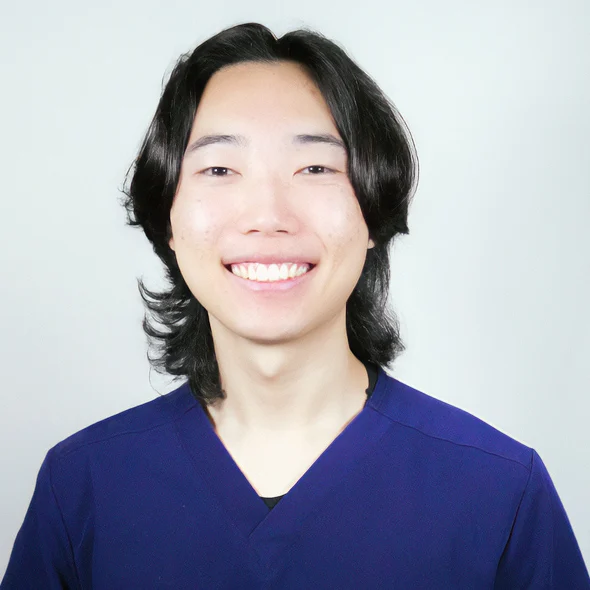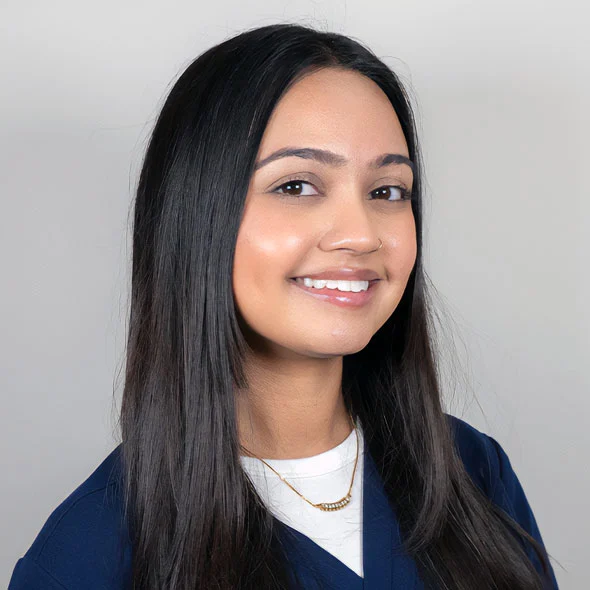10 Common Myths About Concussions
-
You must lose consciousness to have a concussion.
Only a small percentage of concussions involve a loss of consciousness. Sometimes, a child who is knocked unconscious can suffer less injury than someone who did not lose consciousness. -
Concussions only occur with severe head injuries; minor head injuries are never concussions.
The amount of force a person has endured does not always translate to the severity of the concussion. Sometimes, light hits on the head take longer to recover from than harder hits. -
If there is nothing abnormal on the MRI, I don’t have a concussion.
MRIs will show if there is any bleeding or lesions to the brain, but in cases of concussions, there is rarely any bleeding. -
Adults and children recover at the same rate.
Children have growing brains and take longer to recover than adults. -
Concussions will heal completely over time if you rest.
Some symptoms may disappear with rest and no treatment. However, there are often residual deficits in the brain if the concussion hasn’t been properly treated. -
To sustain a concussion, a person needs to be hit on the head.
It can occur from whiplash or by having their head shaken up due to an impact to another part of the body. -
Equipment such as helmets will prevent concussions.
While wearing a helmet can reduce the amount of damage, the brain “floats” in the skull and can still jostle and shake around, leading to potential injury. -
Don’t sleep after a head injury.
Sleep is essential in the healing process. Keeping an older child or adult awake isn’t usually necessary with most concussions. -
All concussions have the same symptoms.
Concussion symptoms can include vomiting, dizziness, headaches, brain fog, and sensitivities to light and sound. Symptoms can also include mood changes, anger, and fatigue. Each concussion has its own unique set of symptoms. -
Football is the most common cause of concussions in teens and children.
While football contributes to many concussions, sports like biking, soccer, and baseball often have just as many, if not more.







